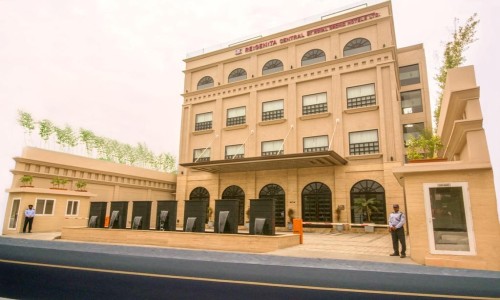Amritsar
History of Amritsar
Amritsar was founded by Sri Guru Ramdass ji, the fourth guru of the Sikhs in about 1574 A.D. Before the city was founded, the area was covered with thick forests and had several lakes. To start the city the Guru invited 52 traders from different sectors belongings to nearby places like Patti and Kasur to settle here. These families started the first 32 shops in the city which still stand in the street called Batisi Hatta (32 shops). The Guru himself shifted to live among them in the city which came to be called Ramdaspur and has been eulogised in the Guru Granth Sahib.

How to Reach:

By Air
Sri Guru Ramdass International Airport

By Train
Amritsar Railway Station

By Road
Shaheed Madan Lal Dhingra Bus Stand Amritsar
Tourist Places in Amritsar
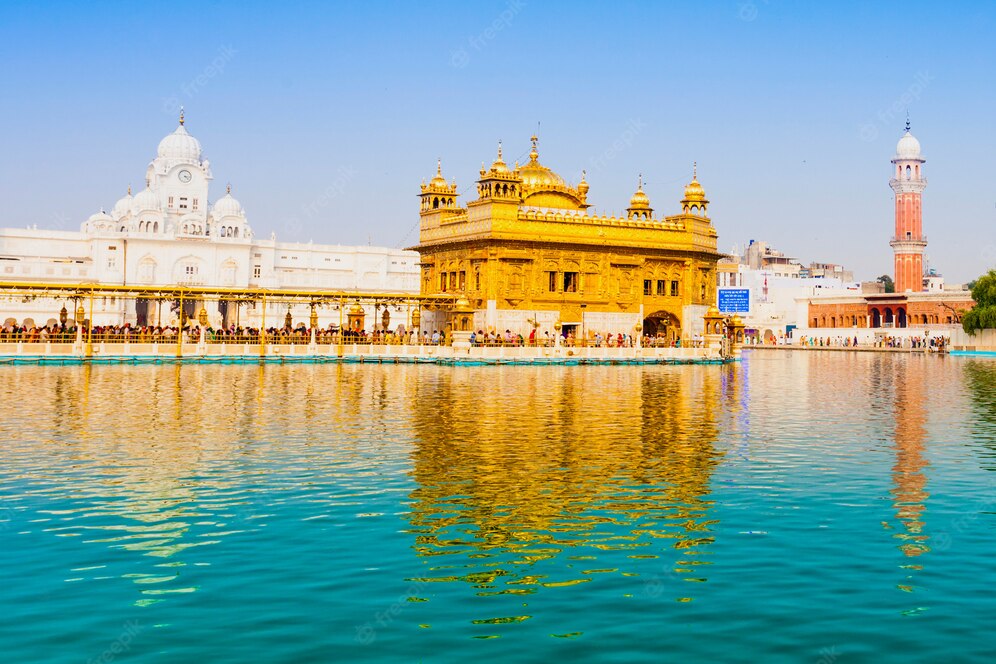
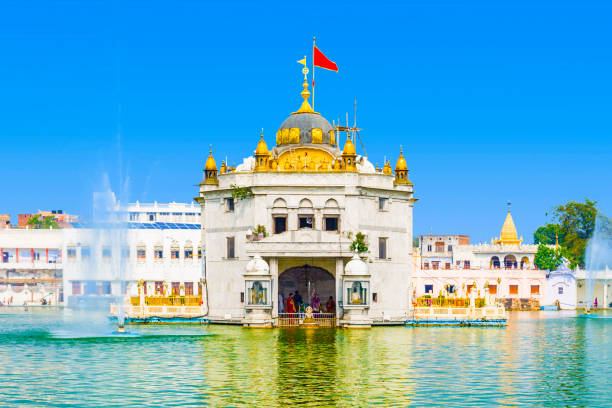
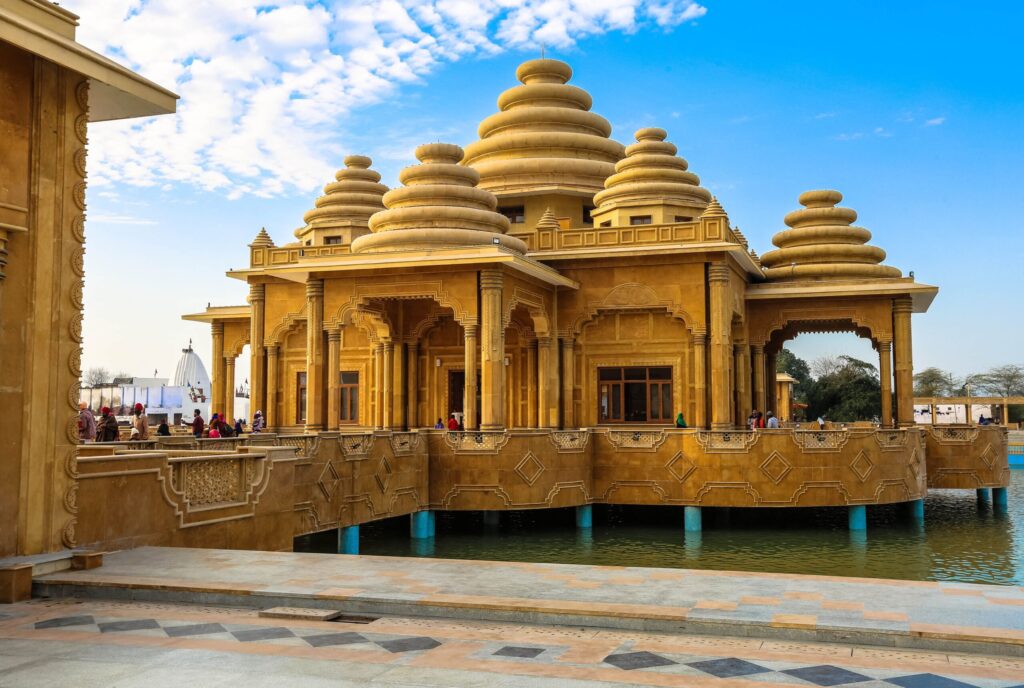
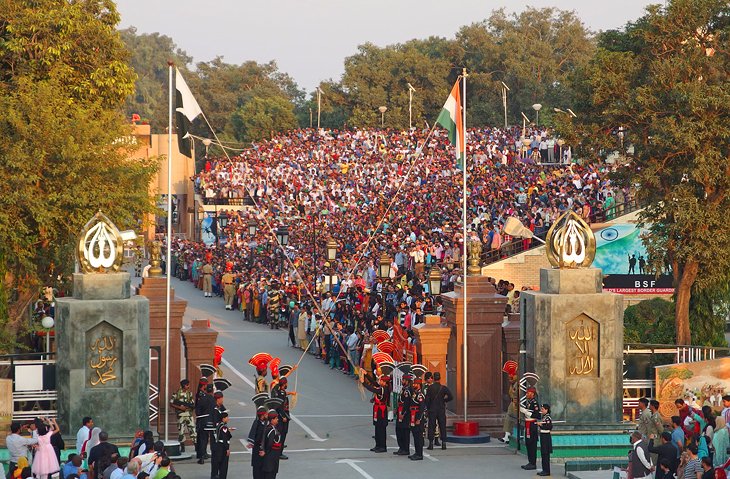
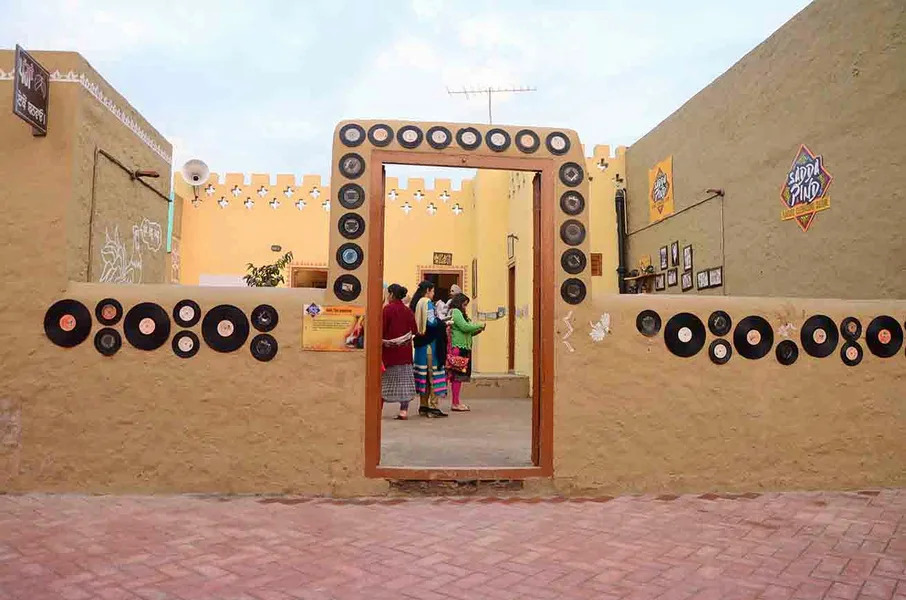
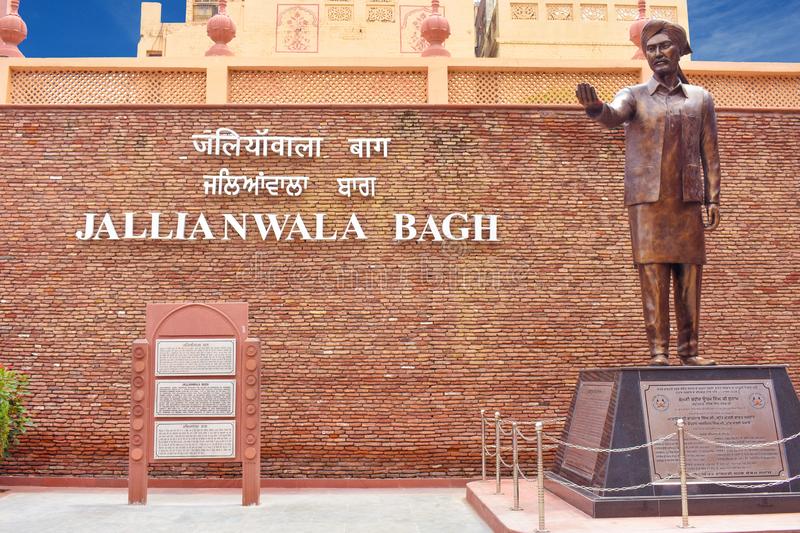
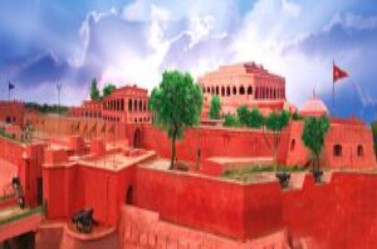
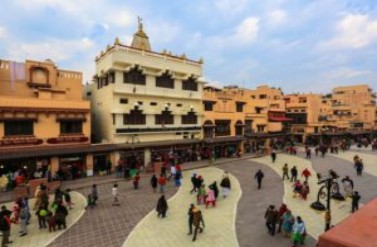
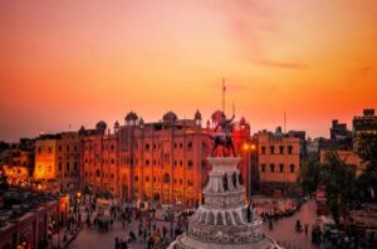
The Home of everything Historical
Sri Harmandir Sahib (Golden Temple )
The definitive top attraction in Amritsar is the Golden Temple, a two-story structure covered in real gold and surrounded by a 5.1-meter-deep manmade lake. But not merely a tourist site, this legendary religious shrine is one among the foremost sacred places in the world for Sikhs, many of whom make a pilgrimage to the temple a minimum of once in their lifetimes.
Durgiana Temple
Durgiana Temple is one of the major Hindu religious sites, where devotees pay tribute to fighter goddess Durga; wealth goddess Laksmi; and Vishnu, the protector of the universe. The attraction is mostly visited by religious travellers, but nowadays tourists appreciate the magnificence of the inlaid marble and the spiritual atmosphere of the temple.
Ram Tirath
The Shri Ram Tirth Temple, situated near Amritsar city, was built to honour the birthplace of Luva & Kusha, twins of Rama and Sita. The town has an ancient tank and many temples. The Bedis of Punjab (Guru Nanak Dev, the founder Guru of Sikhism was a Bedi) trace their descent from Kush and Sodhi’s (the 10th Guru of Sikhism, Guru Gobind Singh was a Sodhi) from Luv.
Wagah Border
A 31-kilometre west from the city centre of Amritsar will take you to the border of Pakistan, where a border-closing ceremony takes place at sunset. This ceremony involves the display of goose-stepping guards from the Indian Border Security Force and the Pakistan Rangers saluting each other, lowering and folding their flags, and closing the gates of the border.
Jallian Wala Bagh
Behind the Golden Temple, tourists will find another important site in Amritsar which is Jallianwala Bagh which memorializes the killing of more than 2000 people when British soldiers were ordered to fire on peaceful protesters. You can still see bullet holes in the walls that hundreds of victims hid behind in an attempt to dodge the gunfire.
Maharaja Ranjit Singh Museum
The Maharaja Ranjit Singh Museum could be a museum located in Company Bagh, Amritsar. It served as the summer palace of the primary king of the Sikh Empire, Maharaja Ranjit Singh, after whom the museum is known as. The museum now provides an insight into the life the Maharaja alongside the history, art and architecture of the Sikh community between the 18th and 19th century.
Gobindgarh Fort
Gobindgarh Fort is the pure symbol of Punjab. It is spread across 43 acres, right in the heart of Amritsar city, this magnificent heritage site has a renowned history of its own. It spans 257 years, from the era of the Bhangi Misl to Maharaja Ranjit Singh to the British East India Company to the Indian Army. Now finally, it opens its gates to the people of India.
Pul Kanjari
At a distance of 35 km from Amritsar Junction and 5 km from Wagah Border, Pul Kanjari is a historical village situated on Amritsar-Lahore road, near the villages of Daoka and Dhanoa Kalan in Punjab. It is a UNESCO world heritage site. Pul Kanjari was built by Maharaja Ranjit Singh, used to take rest while travelling to distant lands with his officials and army.
Partition Museum
Tourists who visit Amritsar get information about the defining moment in history at the Partition Museum, the only institution in the world devoted absolutely to Partition. It features a whopping collection of newspaper cuttings, antique photographs, and oral histories with people who experienced the violence leading up to the separation of the two countries, and the resettling of refugees after the event.
Best Places To Stay in Amritsar
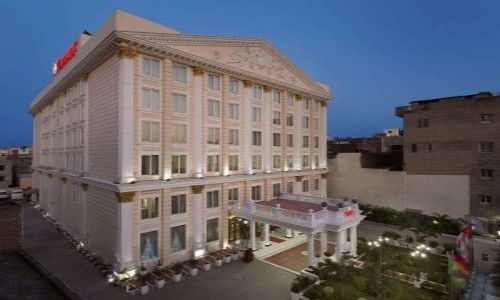
Ramada

Lemon Tree
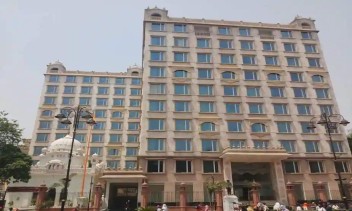
Saragarhi Niwas
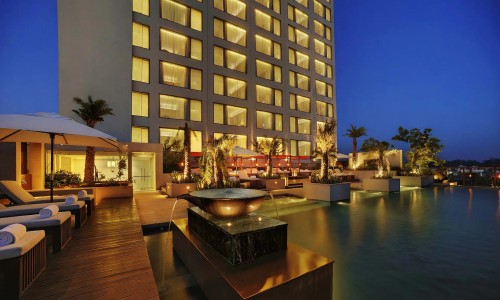
Hyatt Regency
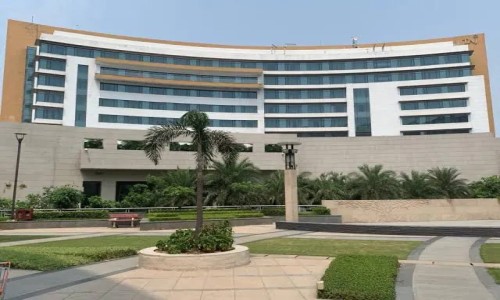
Taj Swarna
